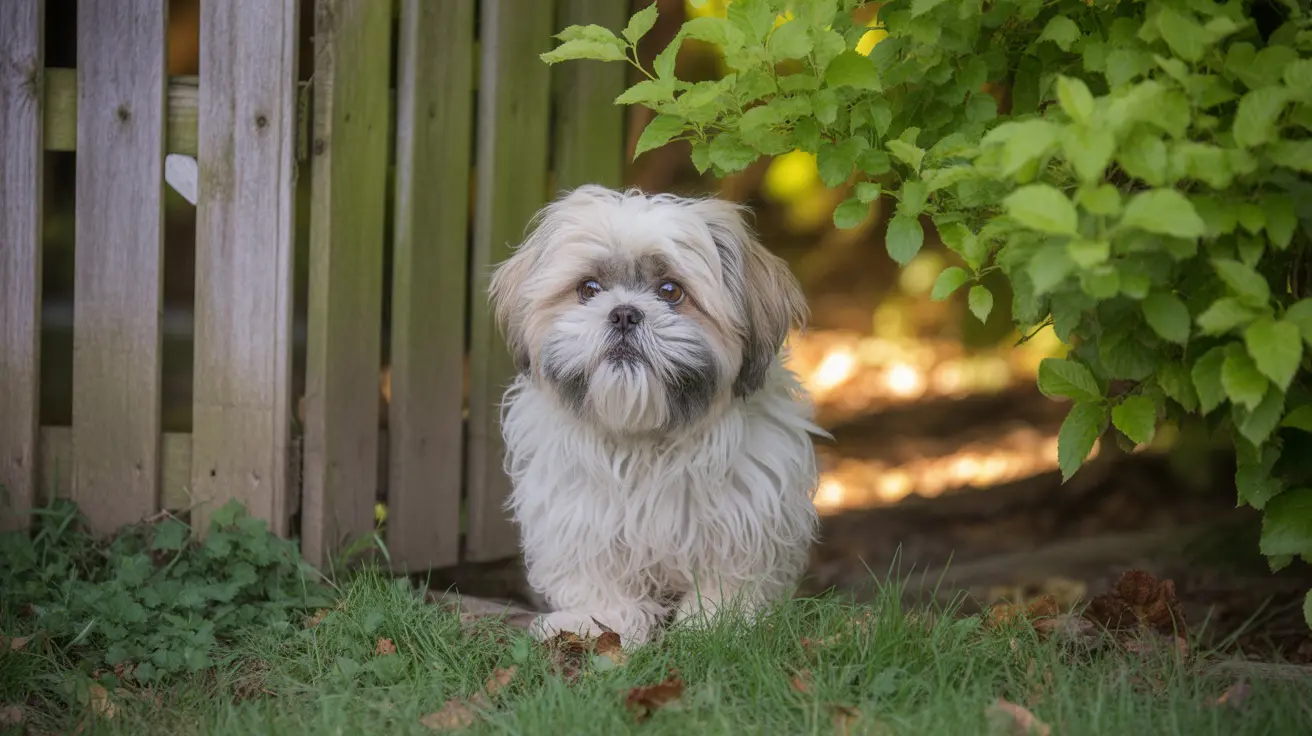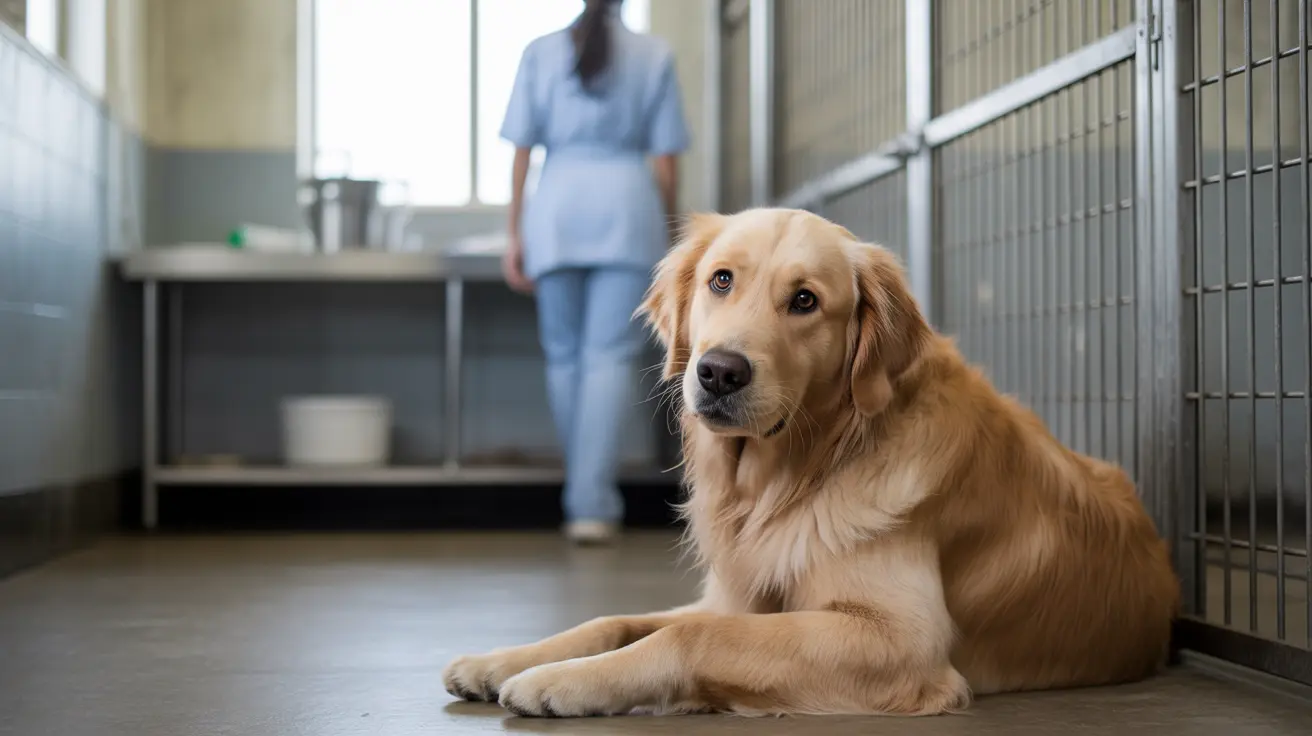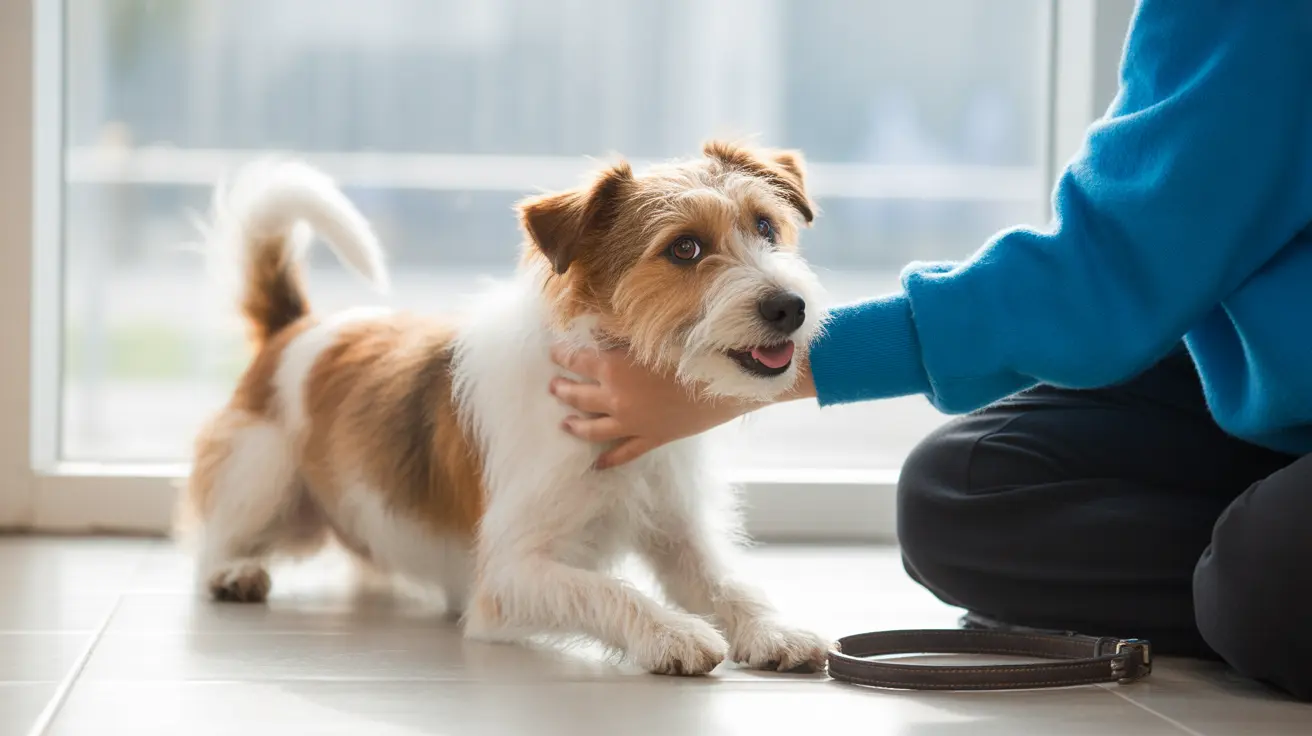How to Say "I Love You" in Dog Language
Showing love to your dog is more than just words—it's about actions and consistent affection. Dogs understand the world differently than humans, especially when it comes to memory, emotion, and relationships. Here's how you can express your love in a way your canine companion will truly understand.
Understanding How Dogs Remember
Dogs have a unique memory system that centers on
associative memory, meaning they link experiences with people, objects, or emotions. Rather than replaying past events vividly like humans, dogs build a web of associations based on repetition and emotional impact.
- Short-term memory: Lasts from 5 seconds to about 4 minutes. Useful for immediate experiences like hiding a toy or being reprimanded.
- Long-term memory: Formed through repeated and emotionally significant experiences. Dogs remember regular interactions, routines, and individuals for months or years.
- Associative memory: Creates connections between a person’s voice, a leash, treats, or actions and emotional outcomes like excitement, fear, or happiness.
- Episodic-like memory: Dogs can recall emotionally impactful or imitative events over short delays, indicating a form of specific event recall.
- Spatial memory: Helps dogs remember their environment and navigate familiar routes or locate hidden items.
Ways to Say "I Love You" in Dog Language
Dogs may not understand verbal language like humans, but they pick up emotional intentions through body language, tone, and behavior. These methods will help communicate your love clearly:
- Consistent Positive Interaction: Dogs thrive on consistency. Routine walks, feeding, and playtime foster trust and strong emotional bonds.
- Use of Praise and Affection: Verbal tones and gentle touch convey approval and affection. Saying "good dog" with excited intonation or petting goes a long way.
- Quality Time: Spending time playing interactive games, training, and simply being present reassures your dog of your attachment.
- Training with Reinforcement: Repetition and rewards reinforce commands and shared learning, further cementing your relationship.
- Understanding Body Language: Let your dog initiate cuddling or play. Watch for tail wags, soft eyes, and relaxed posture as signs your affection is welcome.
- Give Them a Scented Item: Leaving behind your worn clothing can comfort your dog in your absence, as scent is a powerful memory trigger.
The Role of Emotional Significance
Emotional experiences strengthen a dog’s long-term memory. That includes both positive and negative moments:
- Positive Experiences: Repeated joyful interactions—like walks, treats, praise—build strong links between you and your dog.
- Negative Experiences: Can result in fear or avoidance unless countered with patient and consistent reconditioning.
Building a loving relationship with your dog isn’t just about doing the right things once—it’s about doing them often. Dogs remember through feelings, not words, so each pat, treat, or game adds to the bond.
How Dogs Show They Love You
Dogs also have ways of saying "I love you" back. Here are a few signs:
- They follow you around or lean into your touch.
- Soft eye contact and relaxed body posture during rest.
- Excitement when you return home, often with tail wagging or barking.
- Bringing you toys or sleeping near your belongings.
Boosting Your Dog's Memory and Emotional Bond
To deepen your connection and help your dog remember you fondly:
- Consistency: Keep a routine for feeding, walking, and playtime.
- Positive Reinforcement: Use treats, praise, and affection often in a loving tone.
- Socialization: Help your dog encounter different people, animals, and environments to expand their experiences and reduce fear.
- Engaging Activities: Puzzle toys, interactive games, and training tasks stimulate the mind and reinforce bonds.
Conclusion
Expressing love to your dog isn’t about speaking the words—it’s about creating a lifetime of consistent, positive, emotionally rich interactions. Through daily care, consistent training, and affectionate routines, your dog not only feels your love but remembers it deeply. Like any strong relationship, the language between you and your furry friend is built on trust, emotional warmth, and a whole lot of tail wags.





